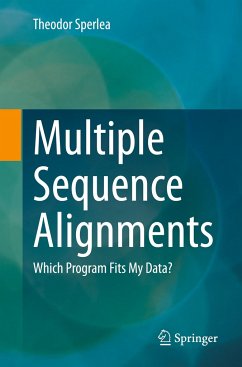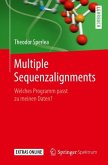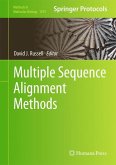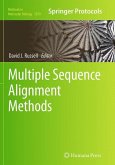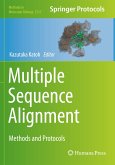This book is a practical guide for biologists who use multiple sequence alignments (MSAs) for their data analysis and are looking for a comprehensive overview of the many different programs. Despite their important role in data analysis, there is uncertainty among researchers about exactly how MSA programs work - not to mention how and why the different analyzes lead to different results. Which program is the right one for evaluating my data and how can I ensure that I have drawn all relevant findings from the alignments? This book offers helpful explanations and background information without requiring extensive bioinformatics knowledge and slowly introduces the reader to the topic.In the first part of the book, the possible fields of application as well as the formats that are usually produced by MSA programs are described in detail. The central algorithms as well as the internal processes of the most common MSA programs of the past and the present are also explainedin an uncomplicated manner in greater detail. The second part of the book is a detailed, data-based comparison between MSA programs, which is intended to help you decide which program to use for your next alignment.

